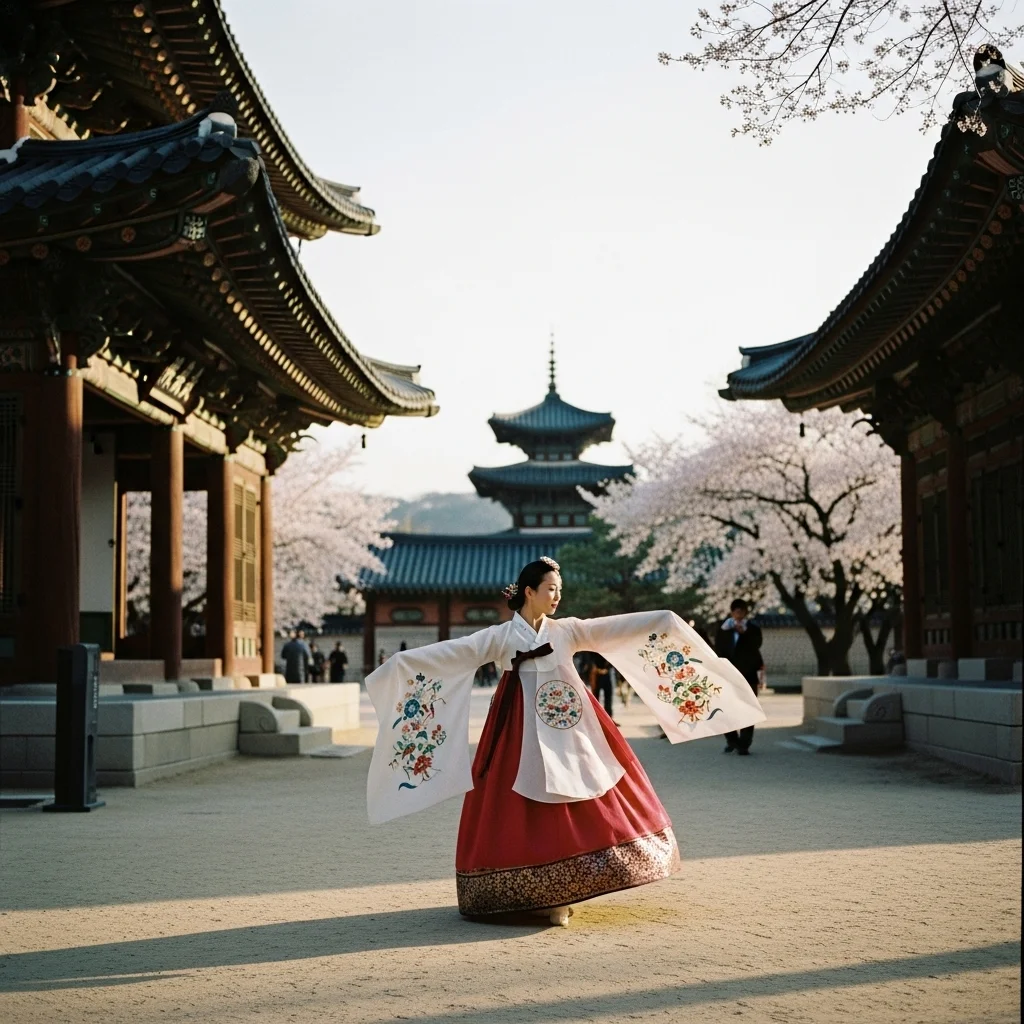
Discovering Korean Traditional Dance: A Step into a World of Grace and History
Ever thought about learning a dance that’s not just beautiful to watch but steeped in centuries of history? I recently stumbled upon a workshop for Korean traditional dance, and let me tell you, it’s an experience like no other. Whether you’re a dance enthusiast or someone like me, just curious about new cultures, this is something you might find unexpectedly rewarding.
Why Korean Traditional Dance?
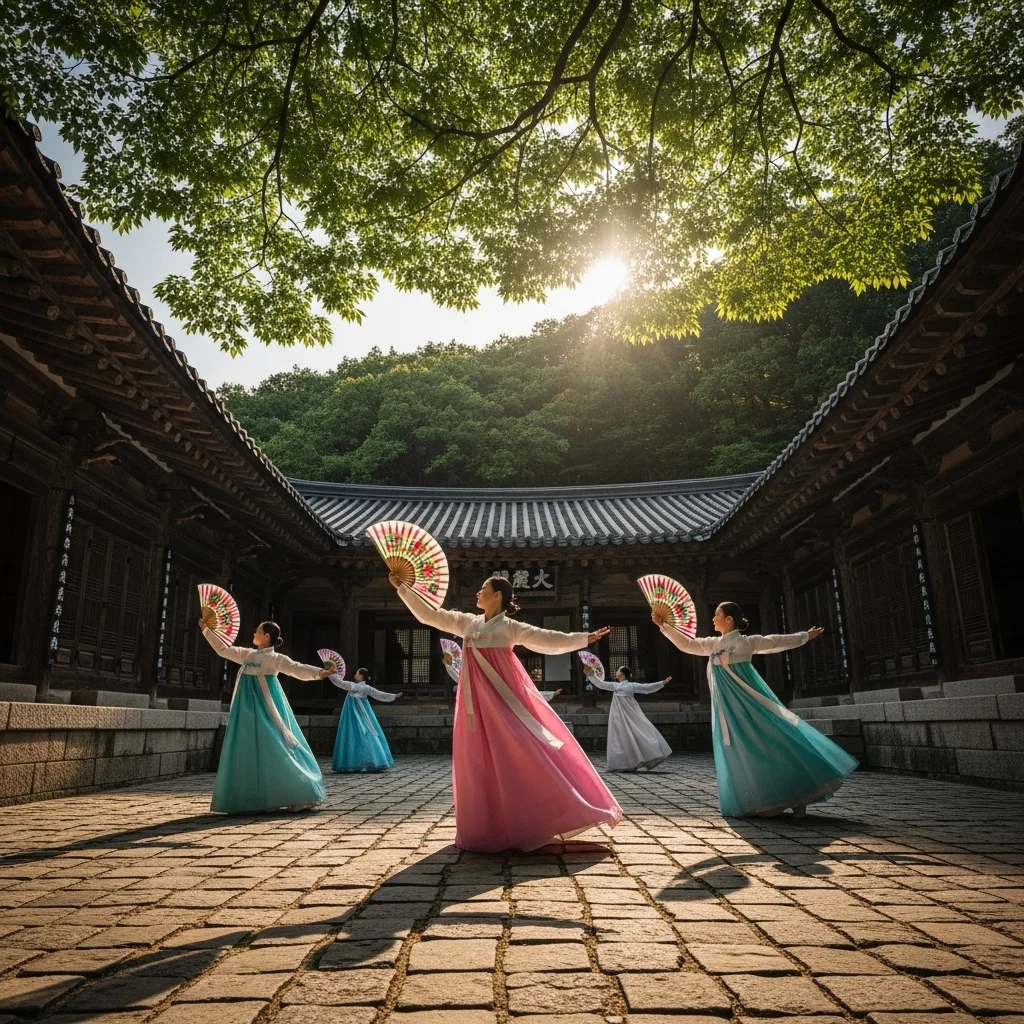
The moment I walked into the workshop, I felt like I’d been transported to a different era. Korean traditional dance includes forms like ‘Seungmu’ (Buddhist Monk Dance) and ‘Salpuri’ (Shamanistic Ritual Dance). Each dance tells its own unique story through graceful, sweeping movements. Did you know these dances are not just performances but part of Korea’s deep-rooted cultural rituals?
I remember trying the ‘Fan Dance’ and felt like I was part of a vibrant tapestry woven with silk fans and delicate footwork. What struck me was the depth of emotion and history infused into each step. It’s like the dances are living narratives, reflecting Korea’s rich cultural landscape.
Learning from the Experts
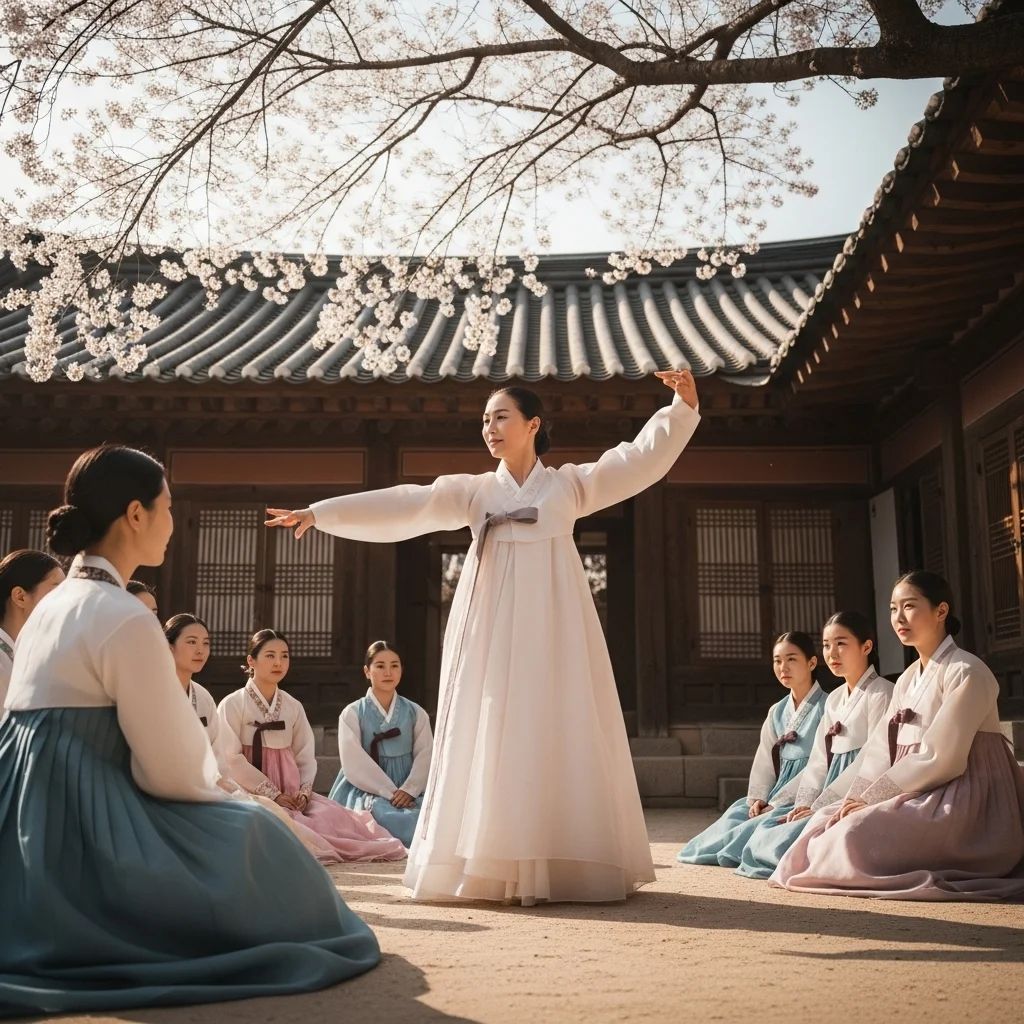
One of the best parts about these workshops is the instructors. Seriously, these folks are not just skilled dancers but historians in their own right. They take you through not only the movements but the stories behind them, offering a full-circle learning experience. At first, I was a little intimidated by the expertise in the room, but their passion was infectious – suddenly, I couldn’t wait to learn more.
A Cultural Feast
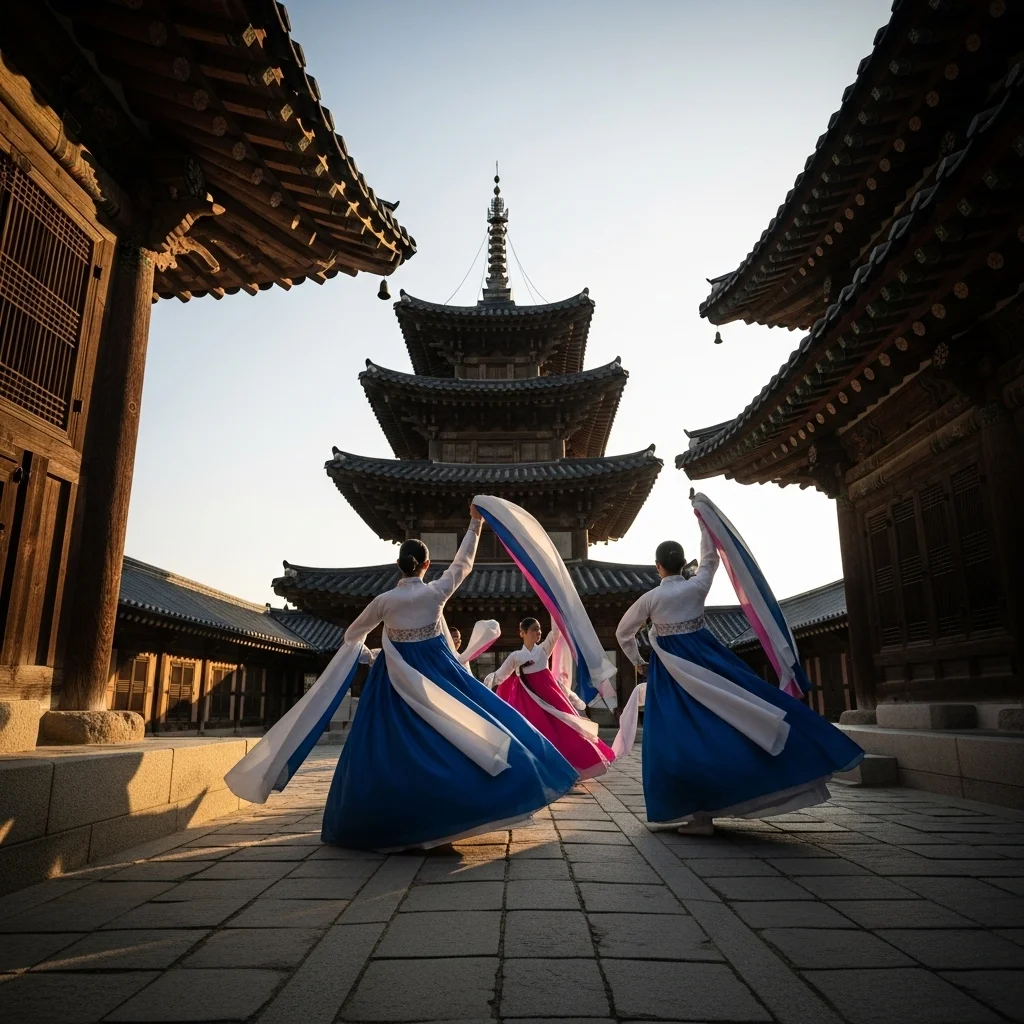
These workshops are more than just dance lessons. Imagine combining traditional music, beautiful hanboks (that’s the traditional Korean attire), and even some rituals! It felt like I was living in a mini-Korean festival every session. And here’s a fun fact: you can join these workshops online! So whether you’re in Seoul or São Paulo, there’s a class for you.
Dances and Modern Spirituality
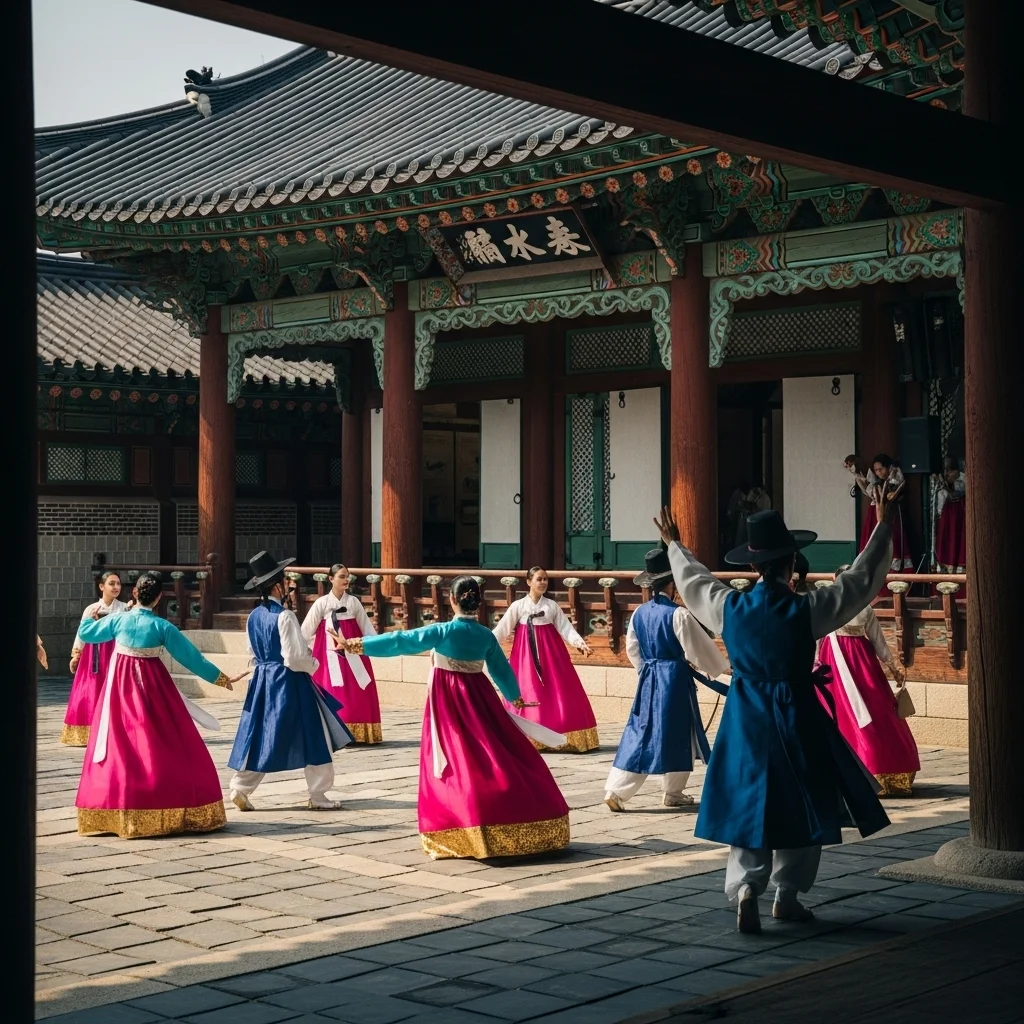
One pleasant surprise was the modern twist some workshops offered. Seeing how these ancient dances blend with contemporary movements is something that appeals to the younger audience and opens up dance to a whole new world of creativity and expression. It’s a fantastic way to see how tradition can meet modernity without losing its roots.
Final Thoughts
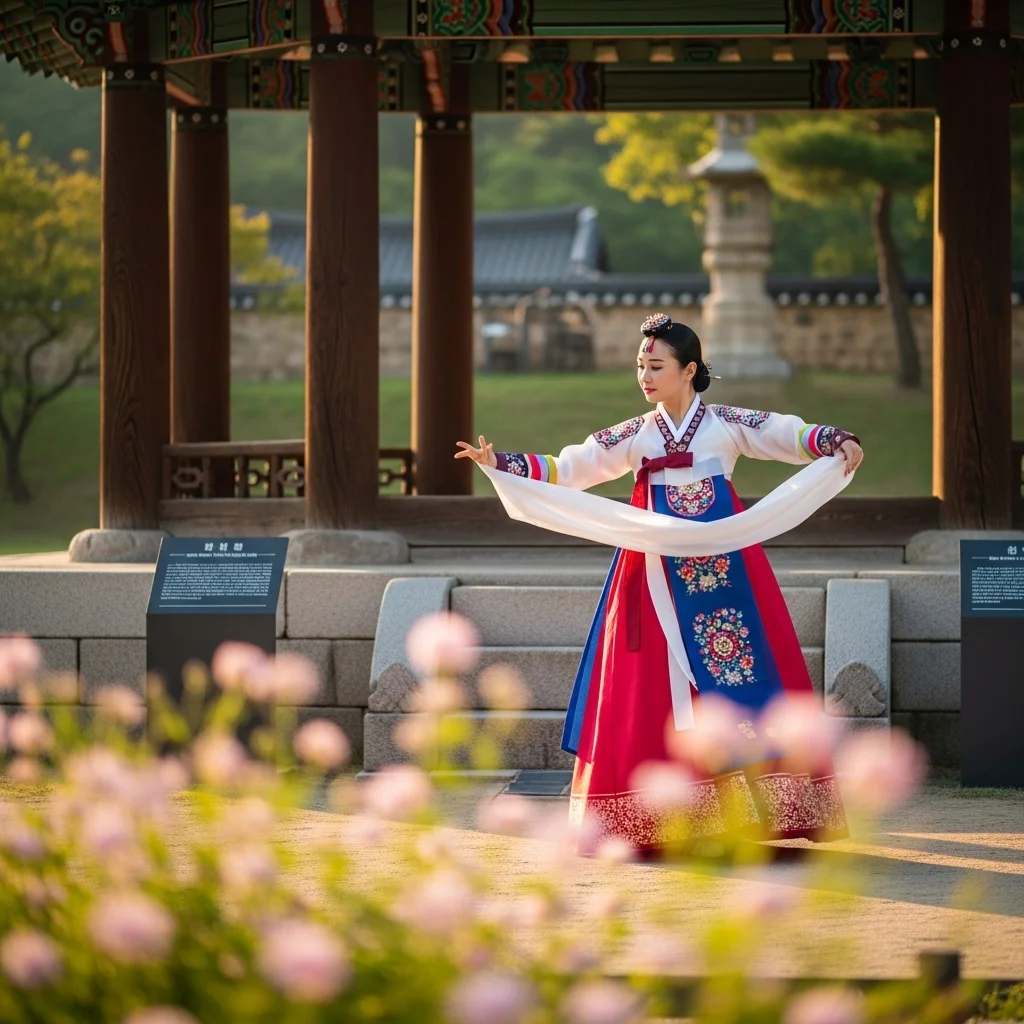
If you’re interested, definitely check out courses through local cultural centers or online platforms. Whether you’re connecting through a screen or in-person, it’s a chance to delve deeply into a cultural treasure. Who knows? You might find a new passion or, at the very least, come away with fantastic stories to share.
I didn’t expect to fall in love with these traditional dances, but here I am, swaying with the rhythm of history. Have you ever tried Korean traditional dance? What’s your cultural discovery that surprised you? Share your thoughts, I’d love to hear them!